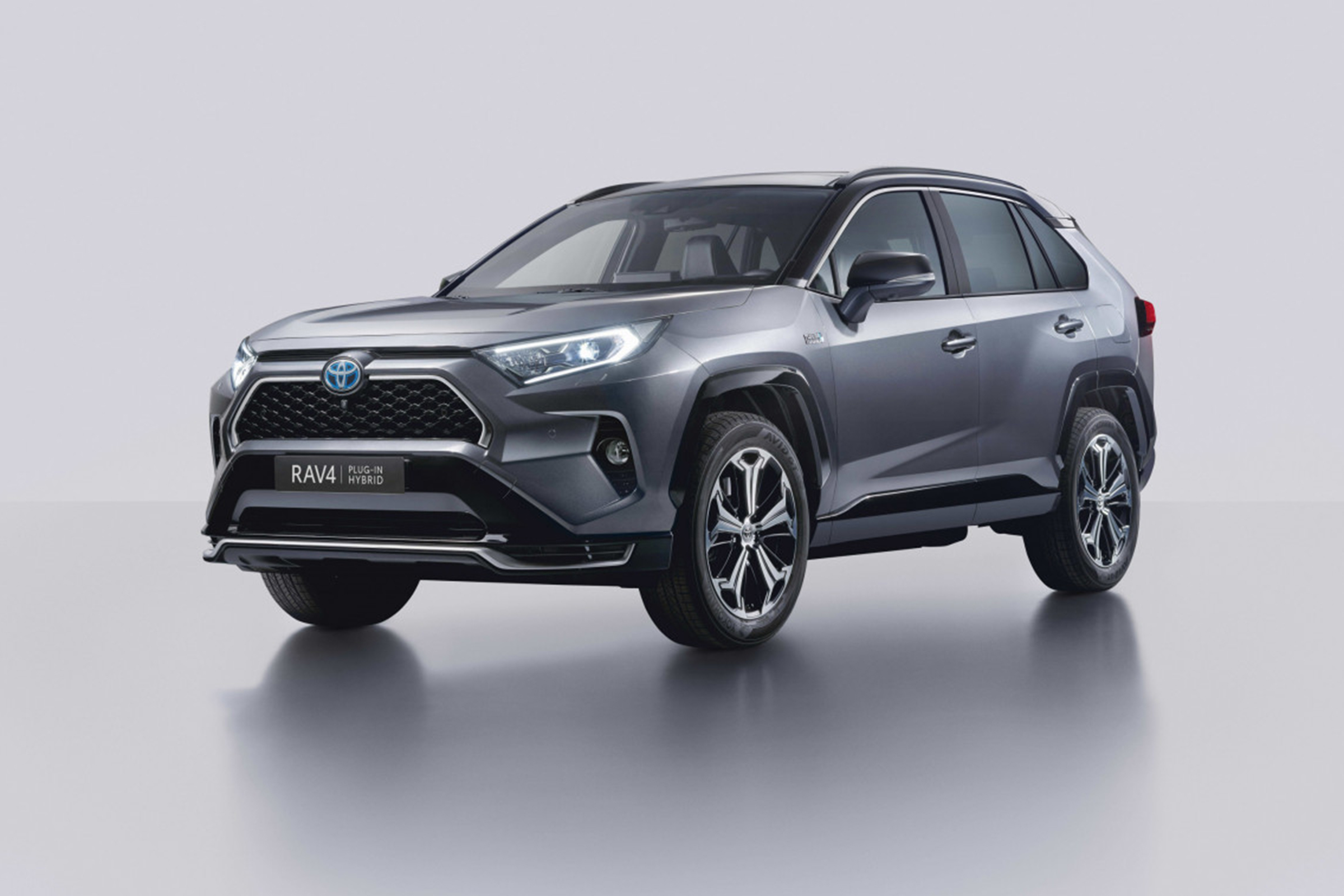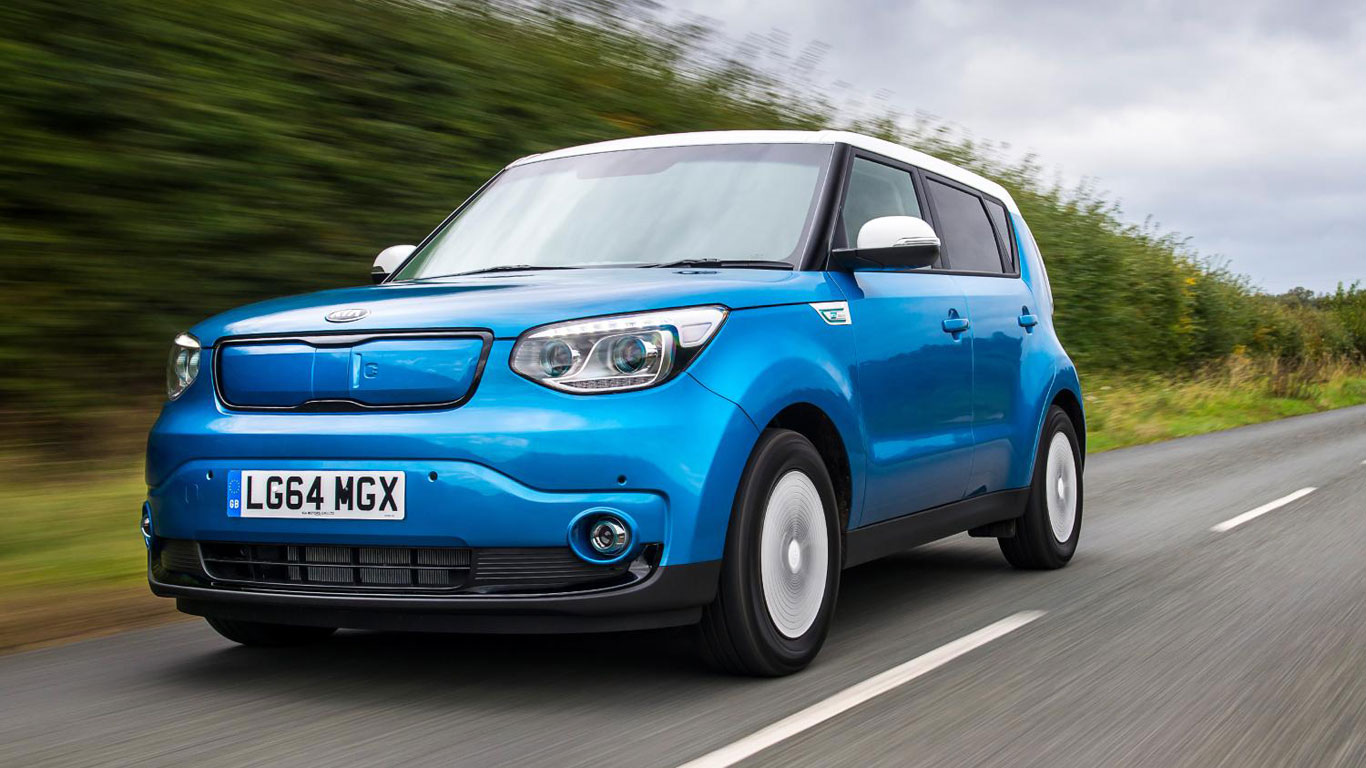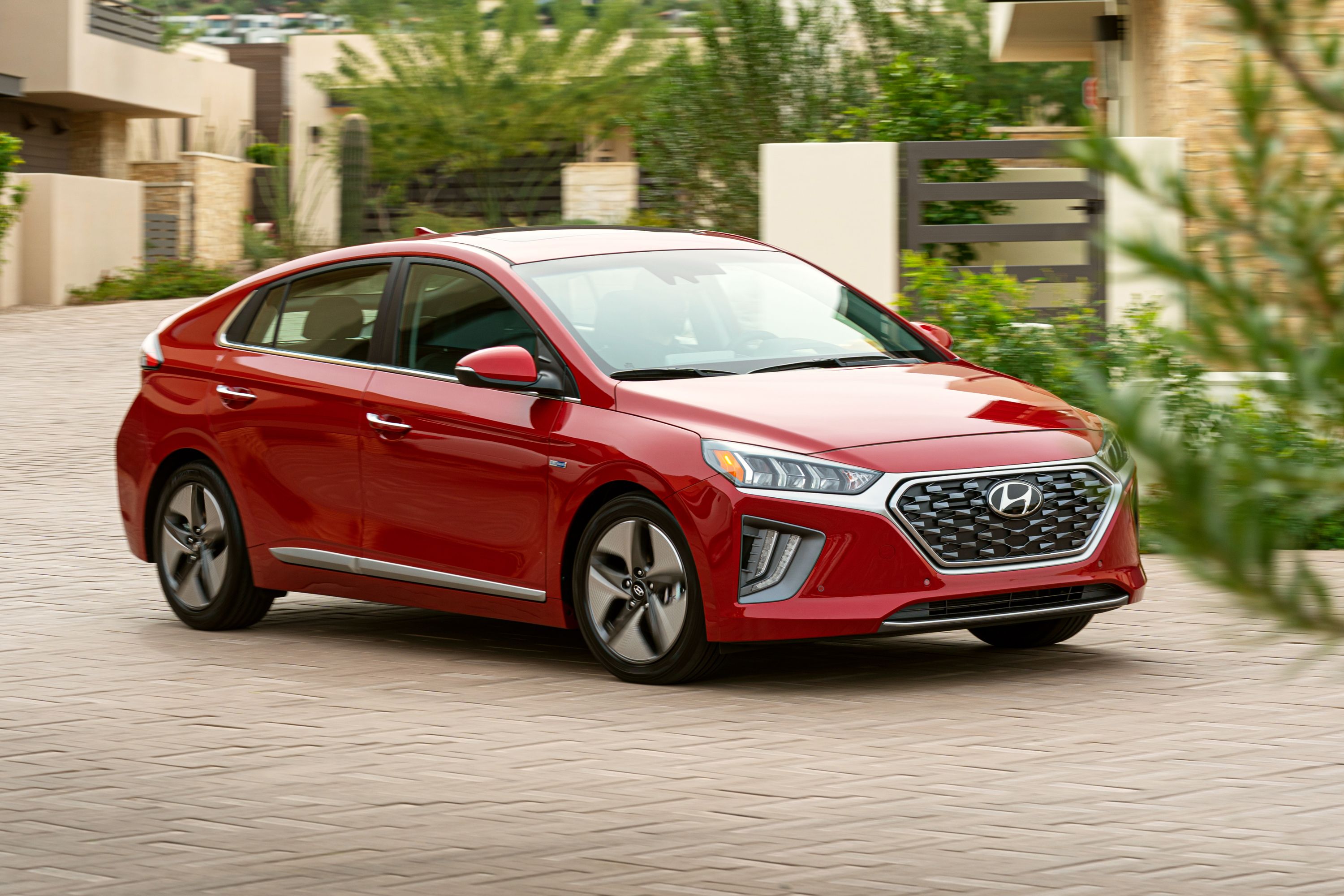

Per Drive, the Ranger PHEV in Australia and America will be a new PHEV engine based on the current 2.3-liter gasoline base engine. But the Ranger would be the first PHEV truck on the market. And the Ford F-150, Toyota Tundra, Toyota Tacoma and Ford Maverick offer conventional hybrid powertrains. We have plug-in electric pickups like the Ford F-150 Lightning and Rivian R1T. A Ranger PHEV would be America's first plug-in hybrid pickup But rumors and reports suggest a Ranger hybrid is in the works. That reporting meshes with an Automotive News report that earmarked a Ranger PHEV for 2025 (and a Bronco PHEV for 2024).įord has not confirmed a Ranger PHEV is coming yet. The Australian outlet Drive reports that Australia will get a Ranger plug-in hybrid in 2024, with that hybrid also going to America. The new truck has three engine options: the returning 2.3-liter I4 and two V6 options. The low electric driving share is one of the main reasons for the high deviation between type approval and real-world fuel consumption.īased on the large-scale empirical evidence, the study presents how the WLTP type-approval assumption on the share of driving in charge-depleting mode (Utility Factor) can be adjusted to better reflect average real-world usage of PHEVs.ĭata table of PHEV real-world fuel consumption and electric driving share.Ford unveiled America's all-new 2024 Ranger in May. In contrast, the official WLTP type-approval procedure assumes the share of driving in the mostly, but not fully, electric charge-depleting mode at around 70%–85%. The average real-world electric driving share is about 45%–49% for private cars and about 11%–15% for company cars. The deviation from type-approval values is higher for WLTP certified cars than for NEDC vehicles as newer WLTP certified cars show slightly higher average real-world fuel consumption. Learn more about plug-in EV charging here. This long-term growth corresponds to an average increase of 0.1–0.2 L/100 km with every build year. Hybrid vehicles and EVs use electric motors, which offer instant torque at 0 rpm for faster takeoffs and an. For PHEVs in general, the real-world fuel consumption has been growing by a few percent on average since 2012 when normalized for changing vehicle properties such as equivalent all-electric ranges or mass. The deviation between real-world and type-approval fuel consumption is growing. These values correspond to tailpipe emissions of 90–105 g CO2/km for private vehicles and 175–195 g CO2/km for company cars compared to only 37–39 g CO2/km in WLTP type approval.

The average real-world fuel consumption of PHEVs in Europe is 4.0–4.4 L/100 km for private vehicles and 7.6–8.4 L/100 km for company cars compared to an average of 1.6–1.7 L/100 km in WLTP type approval. The real-world fuel consumption of PHEVs in Europe is on average three to five times higher than WLTP type-approval values. This study presents an analysis of the average real-world fuel consumption and electric driving share of about 9,000 private and company car PHEVs in Europe, with an emphasis on Worldwide Harmonized Light Vehicles Test Procedure (WLTP) type-approved vehicle models.

Earlier studies on the real-world usage of PHEVs certified under the New European Driving Cycle (NEDC) have shown that those vehicle models are driven much less on electricity than the type-approval procedure assumes.

The potential of plug-in hybrid electric vehicles (PHEVs) to reduce fuel consumption and global greenhouse gas emissions depends on how much they are effectively driven on electricity.


 0 kommentar(er)
0 kommentar(er)
